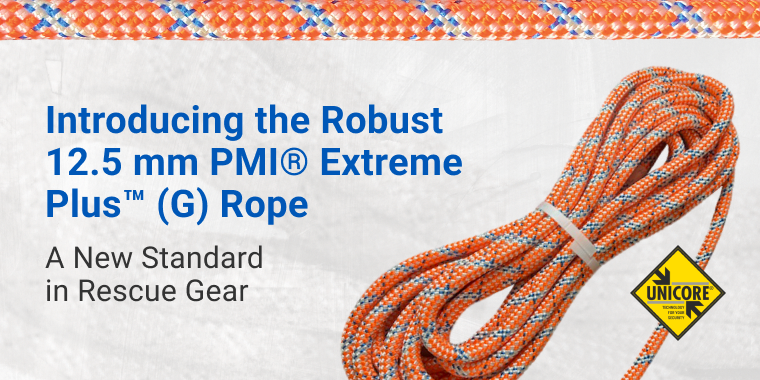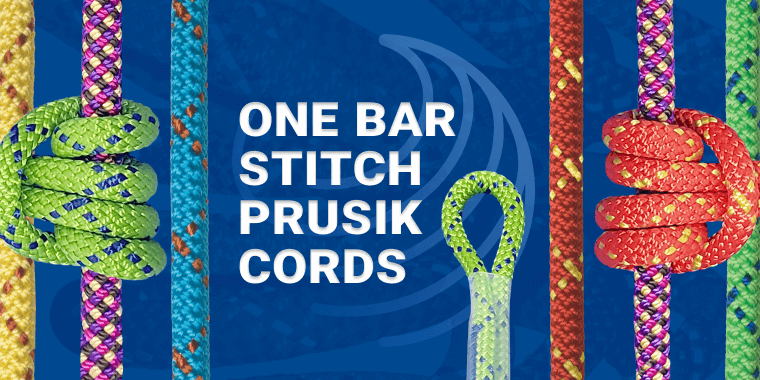Products and Information
Suspension Trauma Revisited
Presenter: Roger Mortimer | Webinar |
This free webinar, presented by Roger Mortimer, MD, will further elaborate on the following Abstract: Suspension Trauma, alternatively called harness hang syndrome, harness induced pathology, or orthostatic intolerance has been described since the early 1970s. The syndrome is really more than one phenomenon, shock from blood pooling in the legs while passively suspended and muscle damage from poor circulation in the legs. The harness itself has been blamed for causing this but is really incidental. Previous literature has suggested that once rescued a person should not be laid down after rescue. This is contrary to standard care. Most authorities now concede that there was never any evidence for this recommendation. This recommendation has been withdrawn by occupational health authorities in England, Australia, and the USA. Once rescued from suspension a person should be laid flat just as one would treat any other trauma patient. The harness can be removed or left on as is helpful for final evacuation. Aggressive intravenous fluid therapy is appropriate to prevent kidney damage.



